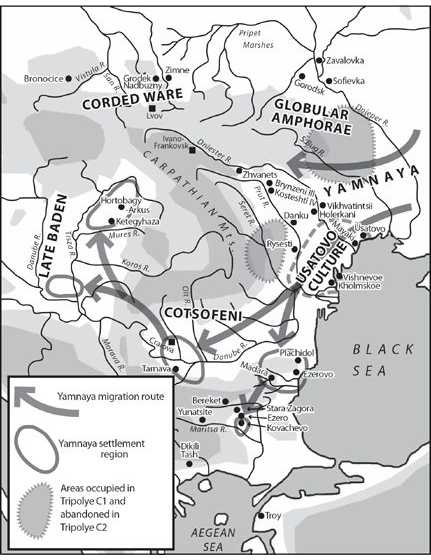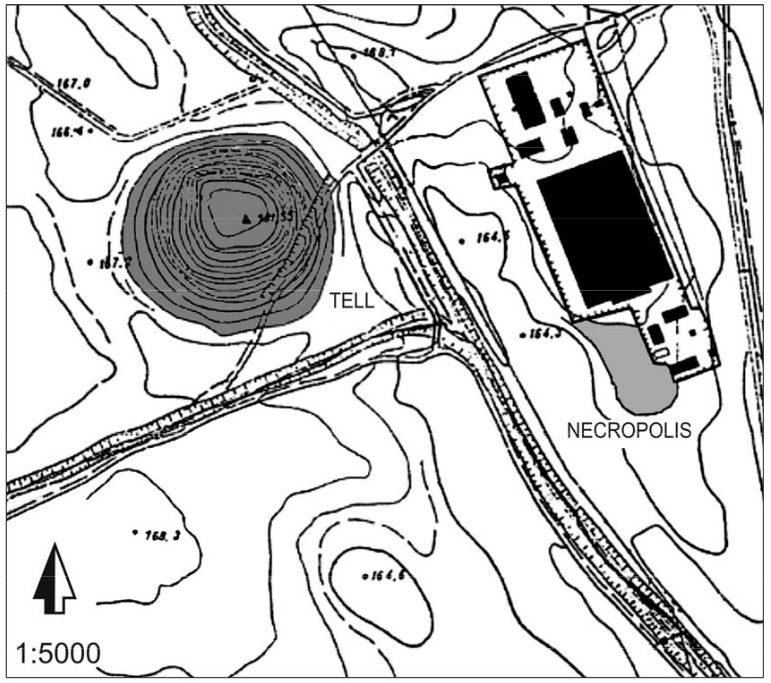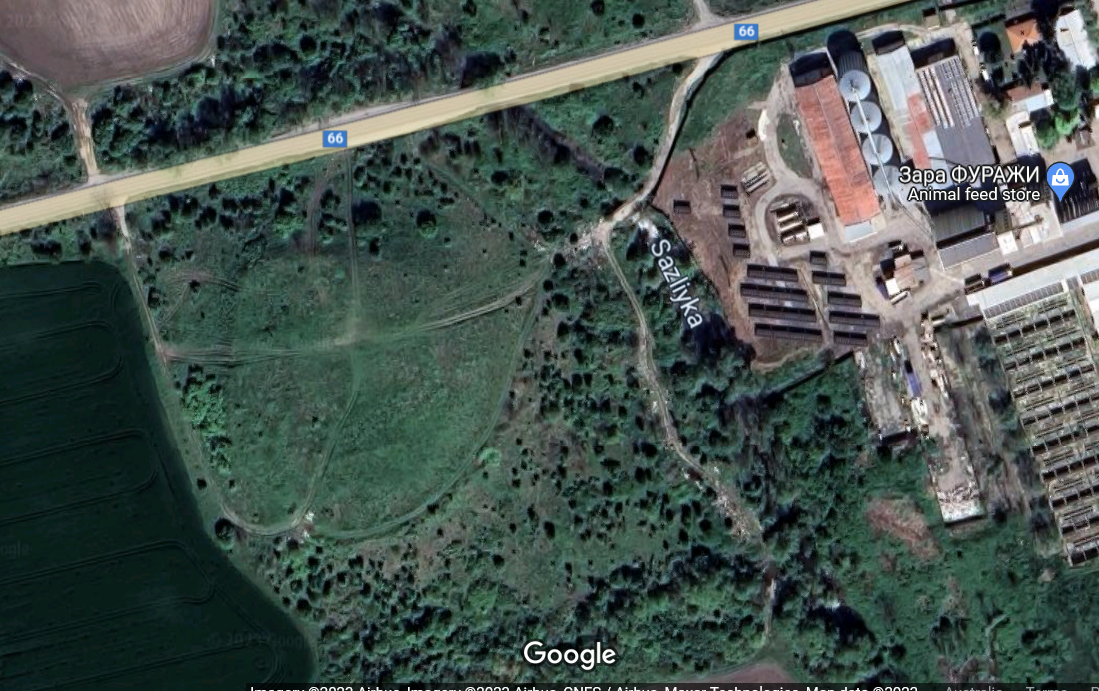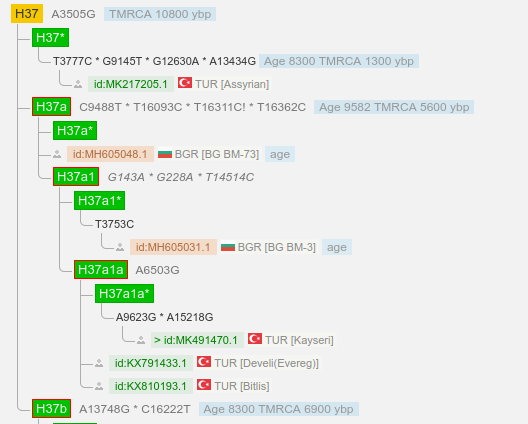Ancient Bulgaria
by Hank de Wit
In the previous post I mentioned that two samples of mtDNA Haplogroup H37a from the early Bronze Age were discovered at Bereketska Mogila in southern Bulgaria (called Thrace in ancient times). Bereketska Mogila means Bereket settlement mound or tell. The official page for Bereket is https://www.rimstz.eu/en/bereketska-mound.
The tell was built up over aeons by the original farmer peoples who came to the Balkans around 9000 years ago from Anatolia (Turkey). They would have built new houses over the knocked down remnants of their older houses. This was common throughout the Bulkans and Anatolia. As they also buried their dead ancestors in the floors of their houses it’s possible they had strong connections to place.

However around 4000-5000 years ago these farmer tell settlements were largely abandoned and a new people from the pontic steppe (Ukraine) began to penetrate the region. These people had a more mobile pastoral mode of living and rode horses. They are associated with the Yamnaya culture. At first they probably launched minor raids into the region stealing property and perhaps wives before displacing the original inhabitants.

The necropolis of 78 graves and a wealth of grave goods lies just a couple of hundred meters to the SE, just on the other side of the Sazlyka River which flows past the eastern edge of the tell. There is an excellent YouTube drone video of Bereket. Unfortunately an animal feed store has been built just to the east of the tell which you can see on this video. The necropolis would have been located right at the rear of the store complex. In this Google Maps image below the necropolis would have been in the lower right of the image and the mound is just left of center.

The two H37a individuals were in the graves BM-3 and BM-73 and their mtDNA was reported in the 2019 paper “Ancient human mitochondrial genomes from Bronze Age Bulgaria: new insights into the genetic history of Thracians” by Modi, A., Nesheva, D., Sarno, S. et al. The paper misidentifies the Haplogroups of the two individuals (in my opinion), H3ak for BM-3 and H76a for BM-73. The full mtDNA can be found in the GenBank and have been uploaded to YFull. YFull has placed them in H37 as I do, though we disagree on the exact sub-groups.
The two samples were not radio-carbon dated, but another individual BM-44 was dated to 2197-2166 calBCE. This was near the end of the Yamnaya period.
The two Bulgarian (BGR) samples are shown in the following phylotree.They are designated as H37a and H37a1. Interestingly there are three modern Armenian samples under H37a1a. This may hint at a deep connection between these people and some of those that later became the Armenian people.

